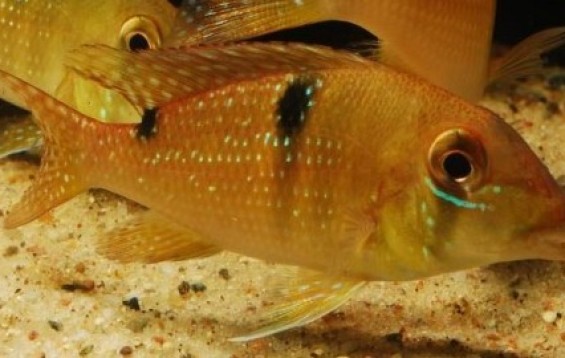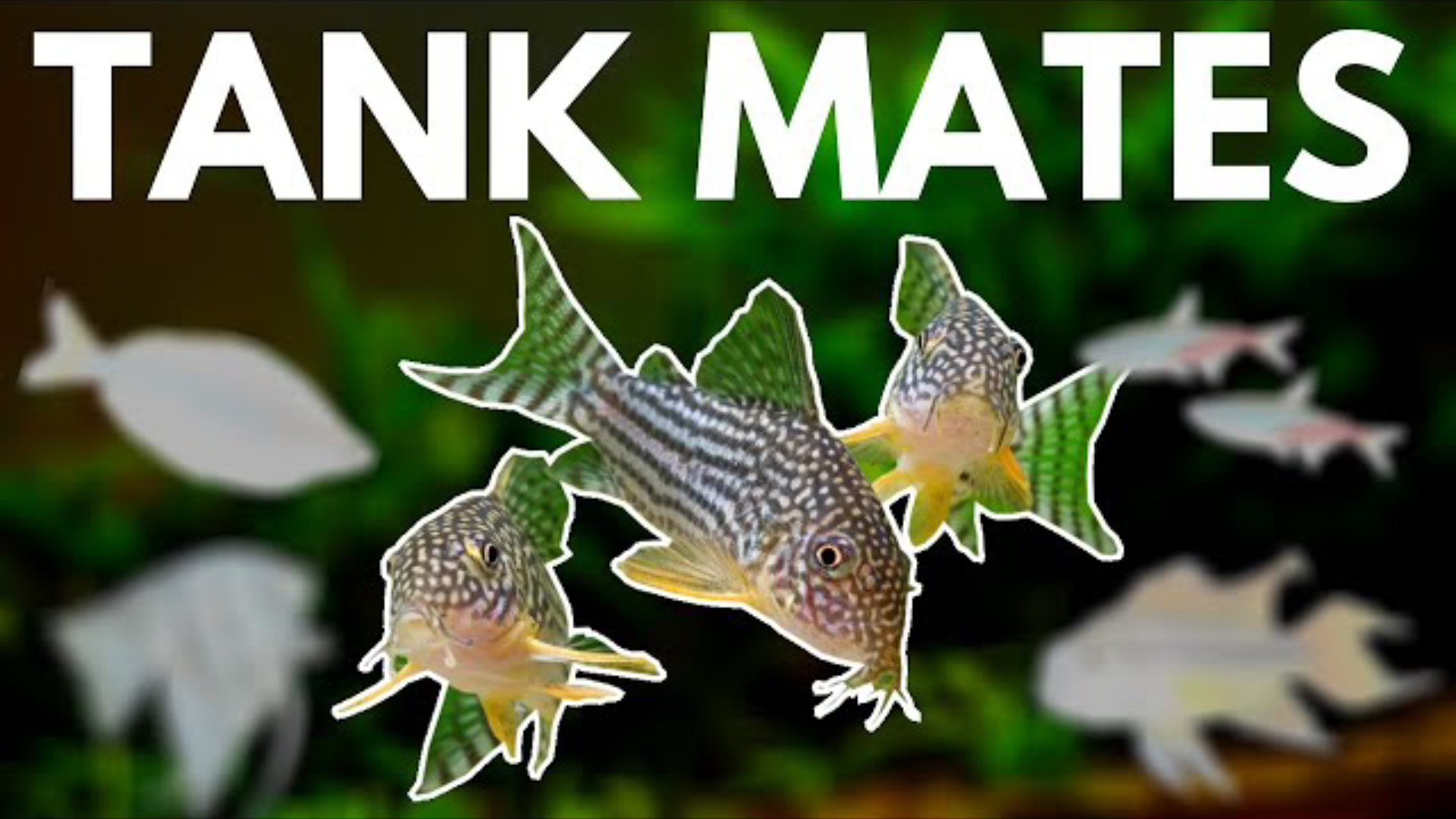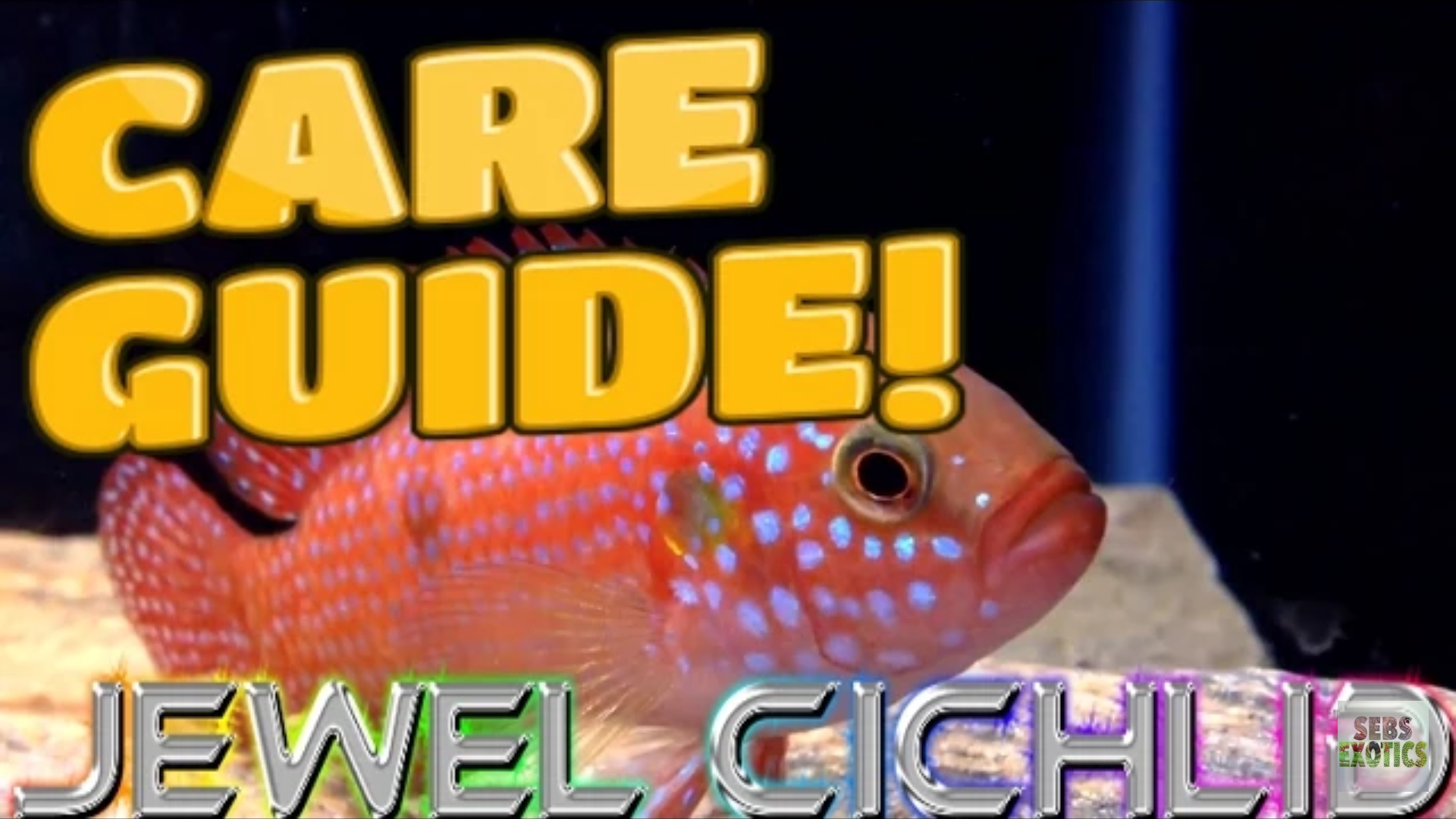- Name:
Surinamen Geophagus
(View AKA's) - Family: Cichlidae
- Species: New World Cichlids
- Scientific Name: Geophagus surunimsis


General info about Surinamen Geophagus
These fish are silver with faint blue and red stripes, they have a long sloping forehead with their eyes high on their head. They can reach up to 12 inches, nevertheless, captive individuals usually only reach up to 8 inches. To keep these fish in captivity, water temperature should range from 76°F to 82° and water pH should be between 6.0 and 7.0. Since they like to sift through the substrate to look for food it is best to have a sandy substrate on the tank to prevent them from getting hurt, however, their constant sifting may cloud the water so it is important to have a good filtration mechanism installed. Small gravel isn’t recommended since the fish may ingest it and consequently have digestive problems. The tank should also have floating vegetation and caves. They are very peaceful and as such can be kept in community aquariums with equally peaceful species, also, they should be kept in groups of at least 6, for such a group it is important to have a large aquarium so each of them can sift through the substrate without colliding with each other.
Surinamen Geophagus Diet & Nutrition
This species is omnivorous. In the wild it feeds on crustaceans and vegetable matter. In an aquarium they can be fed with dried foods, these should be supplemented with live or frozen food like worms or shrimp and vegetable matter like spirulina.
Breeding & Spawning Surinamen Geophagus
These fish lay their eggs on flat rocks, both parents will then pick the eggs and carry them in their mouths until they hatch which is about 3 days later.
Surinamen Geophagus Origin
This species is native to Suriname, South America. It inhabits streams with sandy bottoms.
Acclimating Surinamen Geophagus
The water in which these fish are packaged is different from the water in the tank, since these fish are extremely sensitive to water conditions the acclimation process is very important. This process should never be rushed. Aquarium lights should be off for at least the first 4 hours of the fish in the new tank and it should not be fed in the first 24h. There are two acclimation methods: Floating Method and the Drip Method.
Floating method - the aquarium lights should be off and lights in the room should be dim, the bag in which the fish is should be placed in the surface of the water to float for about 15 minutes, this allows the water in the bag to adjust to the water in the tank. The bag should then be cut under the knot and the top edge of the bag should be rolled down one inch, then ¼ cup of the aquarium water should be added to the bag, this step should be repeated every 4 minutes until the bag is full, then half the water of the bag should be discarded and the bag should be put to float again and ¼ cup of the aquarium water should be added to the bag every 4 minutes until the bag is full. Afterwards, the Discus can be moved into the aquarium.
Drip method – the aquarium lights should be off and lights in the room should be dim, the bag in which the fish is should be placed in the surface of the water to float for about 15 minutes, this allows the water in the bag to adjust to the water in the tank. The bag contents should be poured into a 1 gallon bucket that has never been cleaned with any chemicals, the fish should be enterally submerged. A siphon, using airline tubing, should be set up and a drip line should run from the main aquarium to the bucket. Several loose knots should be tied in the airline tubing to regulate flow. Sucking the end of the airline tube that goes to the bucket will begin a siphon, the flow should be regulated to 2 to 4 drips per second. Once the water in the buckets doubles, half should be discarded and the process should be repeated until it doubles again. Afterwards, the fish can be moved to the aquarium.
Original Detail
| Name | Species | Family | Scientific Name | More Detail | Added by |
|---|---|---|---|---|---|
| Surinamen Geophagus | New World Cichlids | Cichlidae | Geophagus surunimsis | These fish are silver with faint blue and red stripes, they have a long sloping forehead with their eyes high on their head. They can reach up to 12 inches, nevertheless, captive individuals usually only reach up to 8 inches. To keep these fish in captivity, water temperature should range from 76°F to 82° and water pH should be between 6.0 and 7.0. Since they like to sift through the substrate to look for food it is best to have a sandy substrate on the tank to prevent them from getting hurt, however, their constant sifting may cloud the water so it is important to have a good filtration mechanism installed. Small gravel isn’t recommended since the fish may ingest it and consequently have digestive problems. The tank should also have floating vegetation and caves. They are very peaceful and as such can be kept in community aquariums with equally peaceful species, also, they should be kept in groups of at least 6, for such a group it is important to have a large aquarium so each of them can sift through the substrate without colliding with each other. |
PalaciosAn |
Changed by users
| Submitted Date | Submitted By | Status | Action |
|---|





